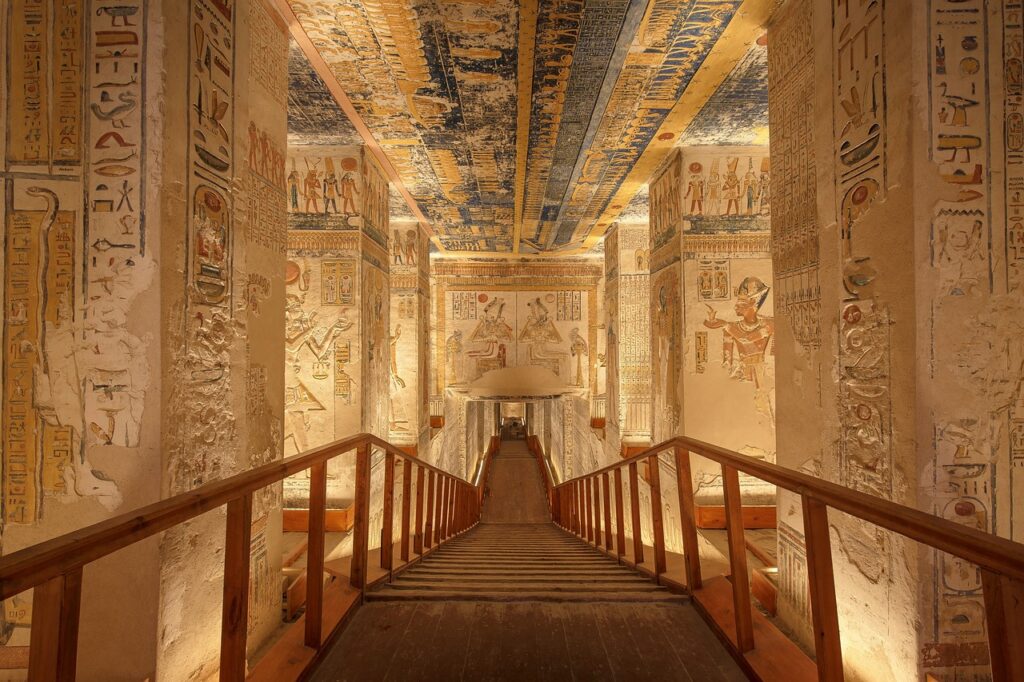Why Navigation Matters
Clienage9 is not a game that holds your hand. Quest lines bounce between regions, enemy respawns are dynamic, and hidden items aren’t flagged with glowing markers. That’s intentional. The developers wanted movement in the world to feel earned. But without solid map use, most players spend more time backtracking than progressing.
That’s where maps in Clienage9 come in. But here’s the catch: they’re not traditional overheads. You won’t get a GPSstyle trail. Instead, it’s more like orienteering combined with puzzle solving. If you understand the rules, you move with purpose. If not, you’re lost.
Types of Maps in Clienage9
There are three core types of maps available in the game:
- Region Maps – These are broader topdown renderings where major zones, landmarks, and fast travel portals appear. Think of them as your “main hub” for orientation.
- MiniMaps – These pop up in realtime, showing a cropped view of your immediate terrain. They’re contextual, responsive, and often minimal.
- Lore Maps – Less literal, more narrative. Unlocked through quests or hidden relics, these maps hint at lost zones, enemy strongholds, or resource cache locations. You won’t always know what you’re looking at.
Mastering the different types and when to lean on each is critical—we’ll break it down.
Reading Without Directions
What makes maps in Clienage9 unique is what they’re missing: automatic directions. No “You Are Here” marker. No glowing trail. You’ve got to interpret the landscapes, the symbols, the topography. It rewards players who learn visual cues. Are those cluster of trees real? Cave entrances are often etched with faint silver. Towns look like burnedout crosses on the parchment.
This also serves a bigger purpose—the more you play, the more your mental map evolves. Over time, experienced players stop relying on the map completely. That’s the endgame: intuition.
Getting Lost Can Be Productive
Frustrating? Yes. But there’s a silver lining. Getting lost in Clienage9 often introduces you to unexpected resources, hidden subquests, or encounters that weren’t part of your timeline. You learn by doing. The lack of obvious guidance is what creates such strong playerworld connections.
And for veterans, using the map less isn’t a flex—it’s a sign they’re reading the world environment instead of a UI overlay.
Best Practices for Map Use
Don’t go in blind. Here are five pro tips for using Clienage9’s map system more efficiently:
- Tag Landmarks – As you travel, tag significant terrain. The system allows up to 20 custom markers. Use them.
- Zoom With Caution – The minimap zoom gives zero context once you’re in dense forests. Stick to region maps if you’re planning a route.
- Screenshot Paths – Yes, really. Snap key paths you traced before logging off. The game won’t remind you where you were headed next time you log in.
- CrossReference Lore Notes – Some quest logs offer vague locational hints: “beyond the third waterfall” or “where dusk never fades.” Compare them to your lore maps.
- Communicate – Clienage9 has ingame voice and text. Coordinate routes with your team. They’ll see things you don’t.
Real Use Case: Guild Raids
Navigating to a dungeon with a group is where the map system shines—or sabotages you. Without proper coordination, half your team ends up on a cliffside while the other half fights minibosses. The key? Assign one player as the map lead. That player preplans the movement route using region maps and communicates each leg via voice.
Leadership in Clienage9 isn’t about damage numbers—it’s about knowing the terrain better than your gear loadout. The map lead is like your compass in chaos.
Map Mods and Controversy
Some players try to circumvent the challenge with thirdparty mods or overlays. It’s a gray area. The game officially disallows any mods that automate map interpretation, but passive overlays? Not outright banned (yet). The purists argue they reduce the core design tension of Clienage9, while others see them as an accessibility tool. Just know that modding the map changes the experience—and potentially your account status.
Final Thoughts
The developers of Clienage9 didn’t build a map system to guide you—they built one to challenge you. It makes every correct move feel earned and every wrong turn a lesson. When you fully understand maps in Clienage9, you’re not just following paths—you’re creating them.
So don’t treat maps as a crutch. Treat them as a language. Once you’re fluent, the world of Clienage9 isn’t just navigable—it’s yours.
